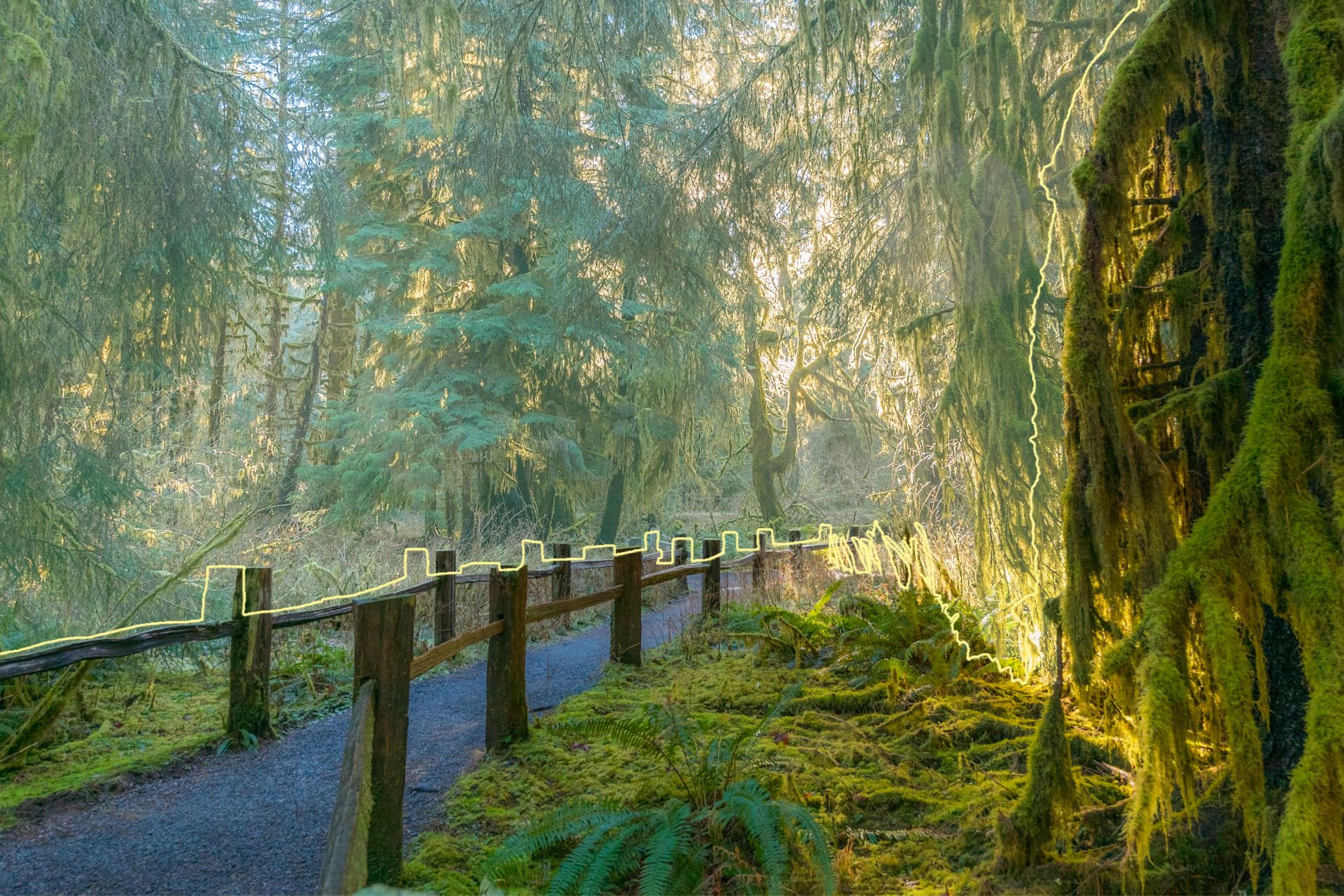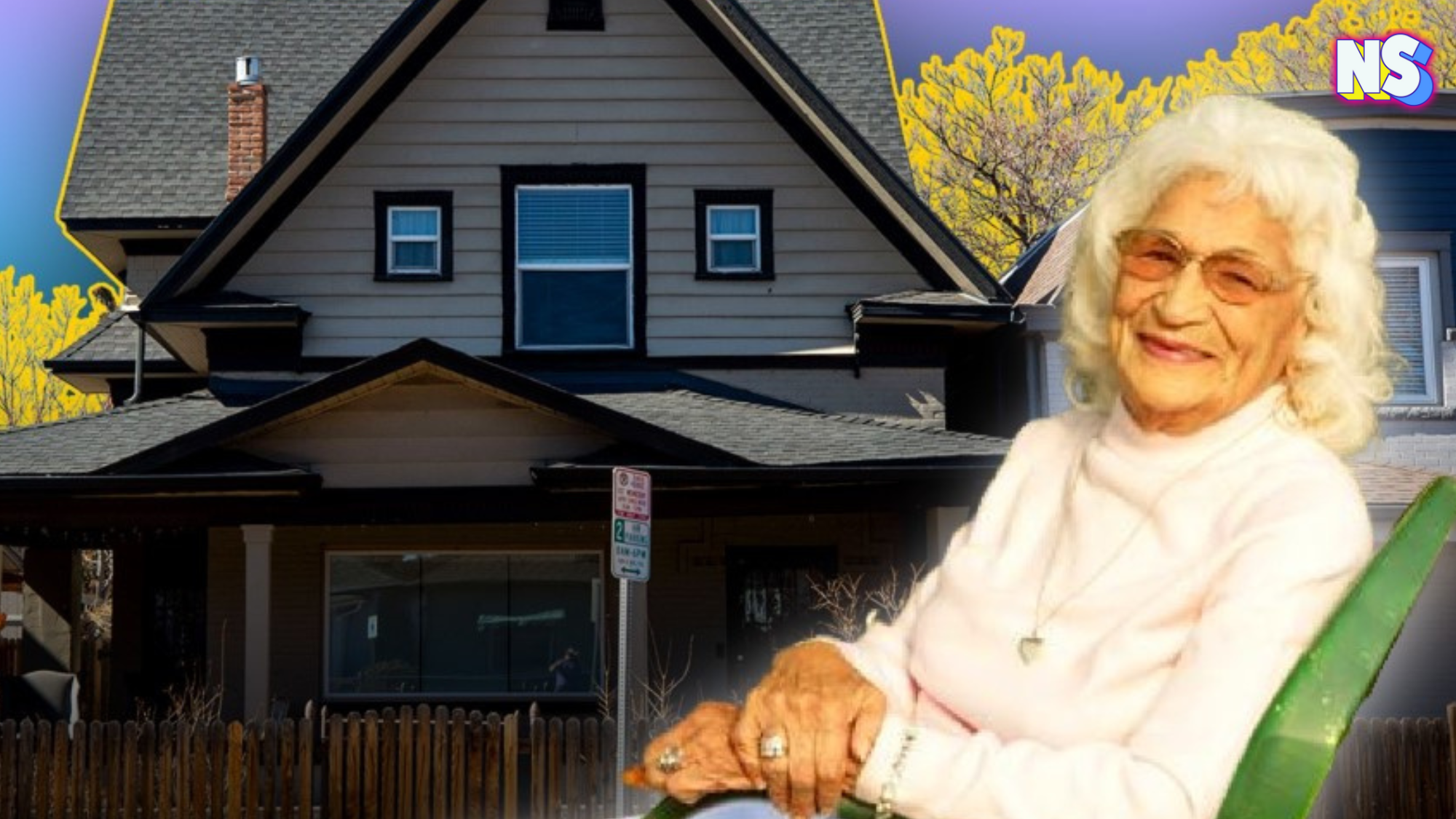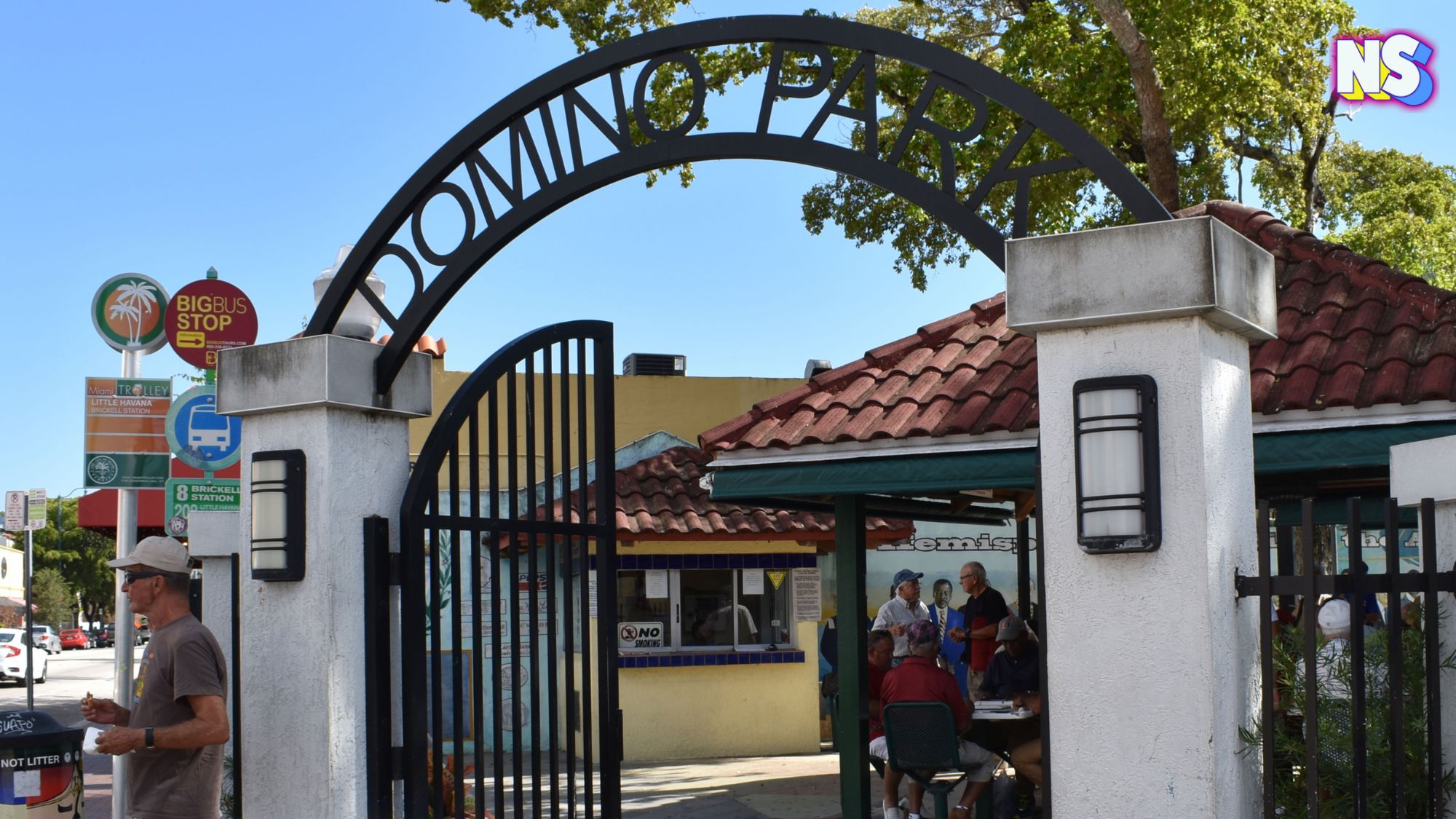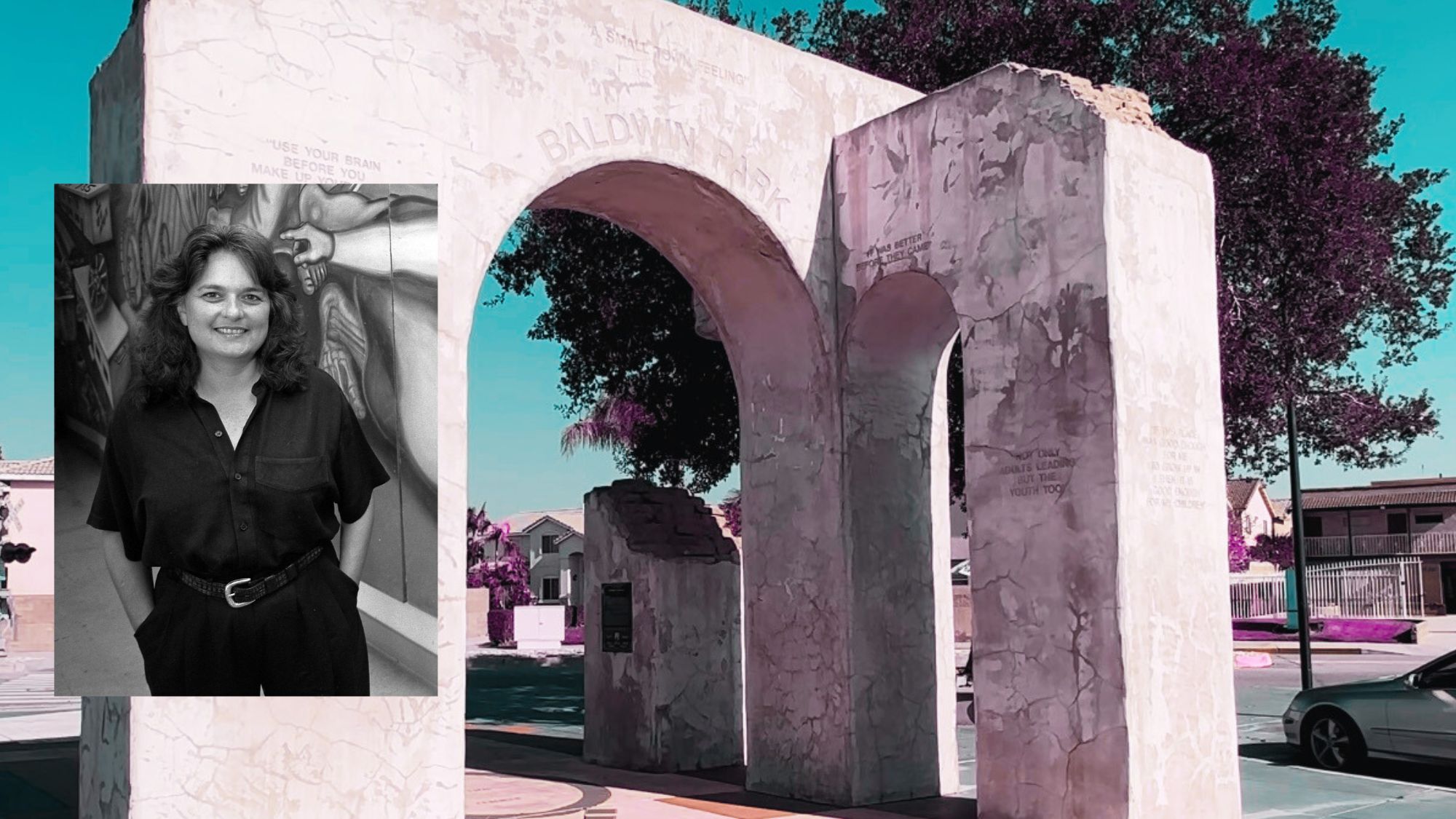Image courtesy of www.nps.gov
The oldest National Park in Alaska, Sitka National Historical Park, was established in 1910 to commemorate the 1804 Battle of Sitka and all those who voyaged to the town throughout its history.
The 1493 Papal Bull entitled Inter Caetera issued by Pope Alexander VI was what first left the Pacific Northwest an open target for both Spain and Portugal to colonize.
The Inter Caetera essentially stated that the Pope declared all Indigenous people as subjects of Catholic rule, and asserted the rights for the Indigenous of the PNW to be colonized, converted, or enslaved if resistant to conversion.
It wasn’t until 1174 that King Charles III of Spain sent out an expedition to the lands now known as Washington, Alaska, and Canada, respectively. The motivation for King Charles was both the Russian and British, who seemed to have taken an interest in the area.
The area of Sitka was originally inhabited by the Tlingit tribes indigenous to the region. They were successful hunter-gatherers who predominantly fished the waters surrounding the area.
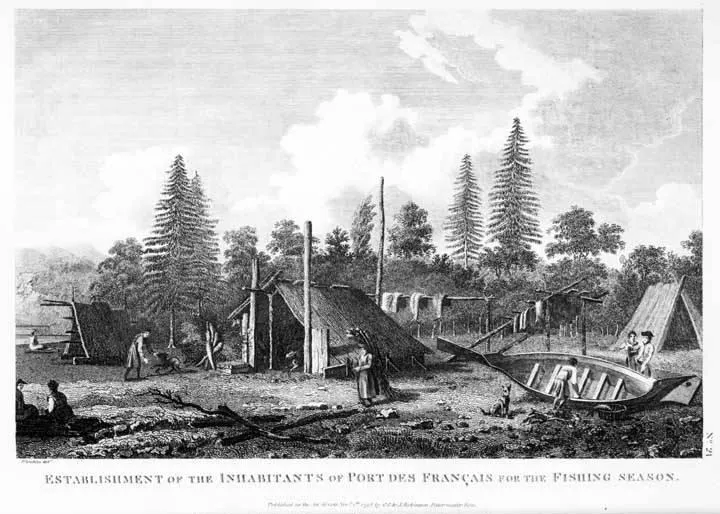
With the temperate climate, thanks to the warm waters of the Japanese current, they could avoid much of the colder weather in Alaska. They were a tight-knit tribe that loved to celebrate momentous occasions. They existed on a matrilineal kinship system — meaning that children born into the tribe were considered part of the mother’s clan, and the passing of possessions and land after death went through the mother’s bloodline.
The Tlingit were not welcoming to the first wave of Russian traders who appeared on their shores and were reluctant to extend any hospitality to them. Though they allowed them to exist uncontested, they did not attempt to enable them to integrate into the world of the tribe.
As time passed, Russia tried to extend its claim to parts of Alaska in the early 1800s. When Czar Paul I issued a decree naming Alexander Baranov the title of Colonial Governor of Alaska, the reluctance of the Tlingit turned into something more.
They attacked the Russian traders’ outpost in 1802. The infighting lasted nearly two years before Baranov sent a warship towards the town to force the Tlingit to surrender. The Tlingit took up in a fort they had built near the mouth of the Indian River.
As the warships began firing, the Tlingit held their ground, forcing Baranov and soldiers to take to the shores. The Tlingit wounded Baranov, who retreated to recover.
After his recovery, Baranov took to the shores again, this time discovering the Tlingit had moved on, leaving Sitka behind.
When the United States purchased Alaska in 1867, the town of Sitka was named the initial capital. In 1890 the government designated the area a federal reserve, and in 1910 the area was declared a national monument.
Fun facts:
- The Sitka National Historical Park Visitor Center displays Russian and Tlingit artifacts and has a theater that shows a video about the area’s history.
- During the summer, the visitor center hosts the Demonstrating Artists Program, housing three art studios where Alaska Native artists demonstrate woodworking, beading, weaving, and metal engraving.
- The Totem Trail is a mile-long path through Sitka spruce and western hemlock trees that showcases 18 Tlingit and Haida totems.
- From a footbridge over the Indian River, the trail connects to the Russian Memorial Trail, leading to the historic grounds of the Battle of Sitka, where Russian colonists fought with local Tlingit peoples, eventually leading to the establishment of Russia’s settlement in Alaska.
- Visitors can explore the trails as a self-guided tour or join a ranger-led walk.
Things to Know Before You Go:
- The Sitka National Park is located at 103 Monastery St. in Sitka, AK.
- The park visitor center is open from 9 am to 5 pm Sunday through Saturday, other than nationally observed holidays May through October. But during the winter, the visitor center is only open Wednesday through Sunday, from 10 am to 3 pm.
- The park trails are only open to the public during the day.
Location: Sitka, Alaska.
Address: Sitka National Historical Park, 103 Monastery St, Sitka, AK 99835, United States.
Traverse this history-filled park here.

